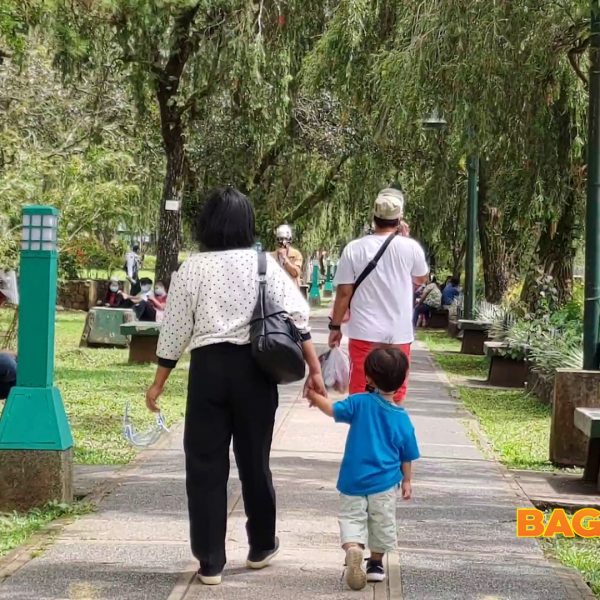Scientists Successfully Clones the Endangered Przewalski’s Horse
In a veterinary facility in Texas, the world’s first successfully cloned Przewalski’s horse was born last August 6, 2020. This was announced by San Diego Zoo Global (SDZG).
The horse was a clone of a male Przewalski’s horse whose DNA was cryopreserved in 1980. It’s a stallion that lived from 1975 until 1998.
Furthermore, the new cloned foal was born to a domestic surrogate mother.
The first clone of the Przewalski’s Horse was successfully born through the partnership of SDZG, Revive & Restore, a leading wildlife conservation organization promoting the incorporation of biotechnologies into standard conservation practice, and ViaGen Equine, the world’s leading cloning and genetic preservation company serving pet owners and horse breeders around the globe.
Here’s the statement of the President/CEO of San Diego Zoo Global Paul A. Baribault:
“The work to save endangered species requires collaborative and dedicated partners with aligned goal.“
“We share in this remarkable achievement because we applied our multidisciplinary approach, working with the best scientific minds and utilizing precious genetic material collected and stored in our wildlife DNA bio bank.”
What is Przewalski’s horse?
According to the Smithsonian’s National Zoo & Conversation Biology Institute, Przewalski’s horses are critically endangered horses found in Mongolia and are the last truly wild horse. This horse is heavily built, with a large head, thick neck, and short legs. Additionally, Przewalski’s horses are 4.3 to 5 feet tall at the withers, 7.25 to 8.5 feet long and weigh 550 to 800 pounds.
Also, Przewalski’s horses are formerly extinct in the wild according to the SDZG press release. Przewalski’s horse has survived for the past 40 years almost entirely in zoos around the world, and all of the surviving horses are related to 12 Przewalski’s horses born in the wild.
Przewalski’s horses once ranged throughout Europe and Asia. Competition with man and livestock, as well as changes in the environment, led to the horse moving east to Asia. Today they can only be found in reintroduction sites in Mongolia, China, and Kazakhstan.
In the Smithsonian’s National Zoo & Conversation Biology Institute, it is stated that Przewalski’s horses were last seen in the wild during the 1960s in the Gobi Desert. Zoos helped in preventing the said horse from dying out altogether through breeding programs. As of today, there are approximately 1,900 Przewalski’s horses alive today and all are descended from 14 founders that were caught in the wild between 1910 and 1960.
First Clone of Przewalski’s Horse
The new cloned Przewalski’s Horse was named “Kurt”. This is after Kurt Benirschke, M.D., the person who was instrumental in founding the Frozen Zoo and the conservation research program at SDZG.
In the statement of the Chief Science Officer of ViaGen Equine Shawn Walker, he said that the new Przewalski’s colt was born fully healthy and reproductively normal.
Kurt will be moved to the San Diego Zoo Safari Park to be integrated into a breeding herd of Przewalski’s horse once it is older.
Importance of the Successful Cloning of the Przewalski’s Horse
Chief Life Sciences Officer Bob Wiese Ph.D. of San Diego Zoo Global stated that the colt is expected to be one of the most genetically important individuals of his species and they are hopeful that it will bring back genetic variation important for the future of the Przewalski’s horse population.
In the press release of SDZG, it is stated that the colt’s birth revives genetic diversity that had been lost to the world. And as the new clone matures and successfully breeds, it can provide a valuable infusion of genetic diversity for the Przewalski’s horse population.
In addition, scientists indicated that the successful cloning of the horse could improve an important model for future conversation efforts according to the press release.
Expands Opportunity for Genetic Rescue of Wild Species
The Executive Director of Revive & Restore Ryan Phelan said that the birth of the Przewalski’s horse expands the opportunity for the genetic rescue of wild species.
“Advanced reproductive technologies, including cloning, can save species by allowing us to restore genetic diversity that would have otherwise been lost to time.”, Phelan added.
Source: San Diego Zoo Global, Smithsonian’s National Zoo & Conversation Biology Institute













